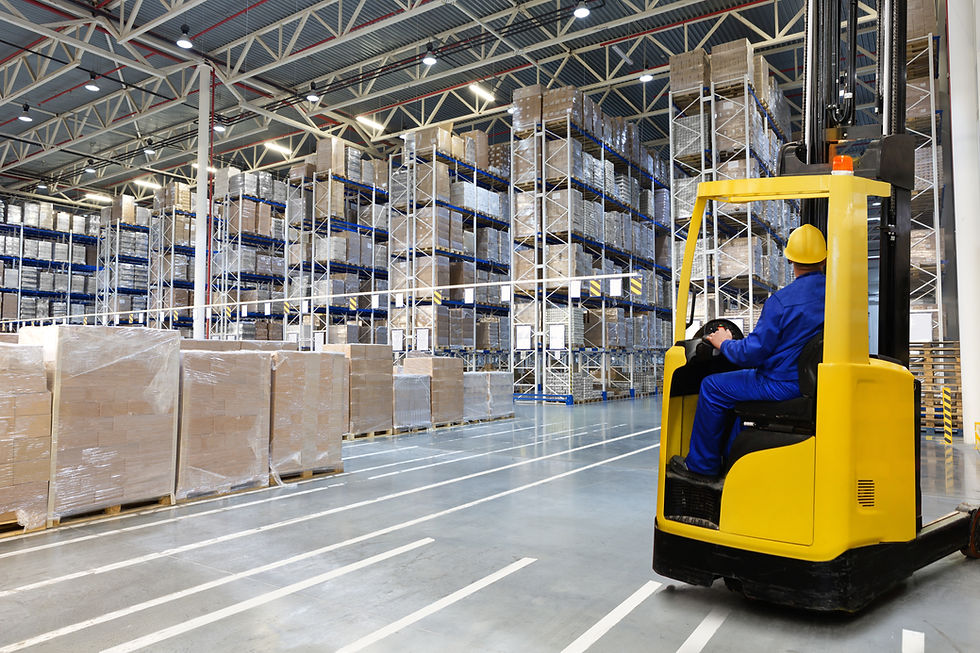Why Industrial Real Estate Is Now the Most Watched Asset Class in the Market
- Current Business Review Staff

- Jun 8
- 2 min read

Forget luxury condos and downtown skyscrapers. In 2025, the real estate asset class drawing the most attention isn’t glamorous—it’s industrial.
From e-commerce fulfillment centers to cold storage facilities and last-mile logistics hubs, industrial real estate has quietly become one of the most valuable and resilient investment categories. With supply chains evolving, global trade flows shifting, and demand for fast delivery surging, warehouses are no longer a back-office afterthought. They’re the frontline of modern commerce.
What’s Driving the Industrial Surge
Several global trends are converging to make industrial space more critical than ever:
E-commerce growth has redefined delivery expectations, pushing companies to build distribution centers closer to urban areas
Onshoring and nearshoring are restructuring supply chains, increasing the demand for domestic manufacturing and storage
AI and automation are changing the footprint of logistics and manufacturing facilities
Data centers and last-mile hubs are now considered critical infrastructure in many regions
In short, companies aren’t just building bigger—they’re building smarter and closer to the consumer.
Investor Attention Is Pouring In
Institutional investors are now treating industrial real estate as a core allocation rather than an alternative play. Why?
Consistent rental growth with long-term tenants like retailers, logistics firms, and food suppliers
Low vacancy rates in major metropolitan areas
High adaptability of industrial spaces compared to office or retail
Global scalability, with demand in both developed and emerging markets
Many real estate funds have quietly doubled down on industrial portfolios—especially in high-demand corridors like the U.S. Sunbelt, Eastern Europe, and Southeast Asia.
Design and Tech Matter More Than Ever
Modern industrial properties aren’t just large buildings—they’re high-tech logistics ecosystems. The most in-demand facilities now include:
Automated warehousing systems and robotics
Green certifications to meet ESG mandates
Data-integrated operations for real-time supply chain management
Flexible zoning for hybrid manufacturing and logistics needs
The value isn’t just in the square footage—it’s in the operational edge.
The Bottom Line
In a world where efficiency, speed, and adaptability define commercial success, industrial real estate has become the physical infrastructure of the digital economy.
And while residential markets fluctuate and office spaces evolve, industrial is holding strong—and in many regions, outperforming.
If you’re looking for where the smart capital is going in 2025, it’s not into what looks good—it’s into what moves fast.




Comments